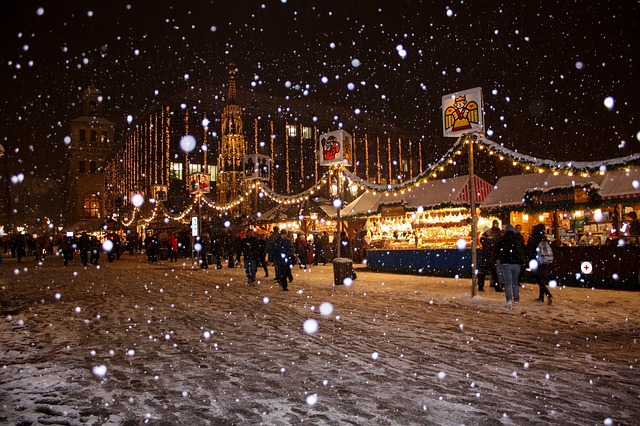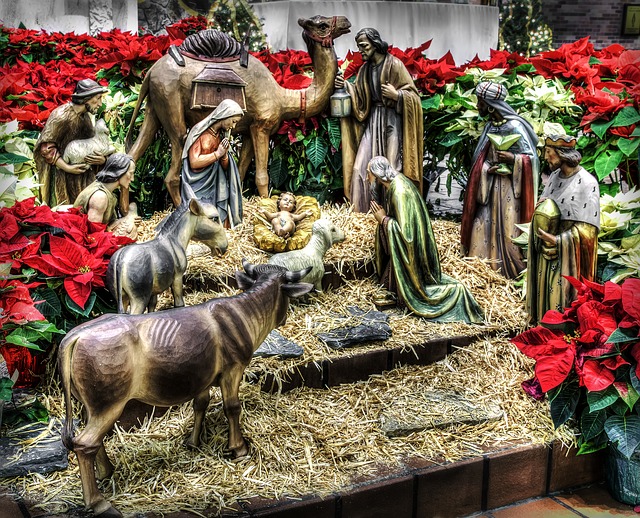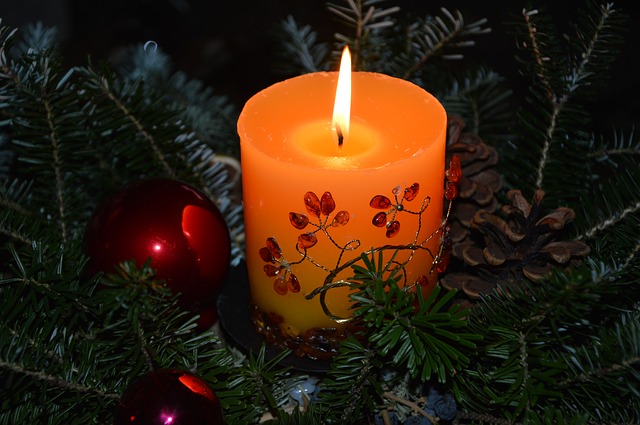As we have people from various nationalities working at Comms, we asked some of them to tell us about the Christmas traditions in their own countries. Below are just some of the activities in each country:
Germany
Like quite a few European countries, Germans celebrate Christmas Eve (Heiligabend) on the 24th of December. Traditionally, presents are opened on Heiligabend and this tradition was started by Martin Luther in the 16th century.
The period of Advent is important in Germany and there are various different types of Advent calendar. One type is known as an Adventkranz and this consists of a small fir tree with 4 candles, one of which is lit at the beginning of each week in Advent.

France

Italy
An important tradition in Italy is the living nativity scene called “presepi viventi”. These presepi viventi are widespread throughout Italy. People dress up in costumes and they act out parts of the nativity. These pageants can involve whole towns being set up to resemble ancient villages and they can take place on several days over the holiday period up to January 6th.
Spain

On January 5th, in every city in Spain, there is a parade called the Cabalgata, when the Three Kings throw sweet things to all the children in the crowd. The Three Kings then visit the houses of all the children during the night with presents. The children put their shoes by the door so that the Kings know how many children there are in any house and they also put out food for the Kings and their camels.
Poland
In Poland as in Germany, Christmas Eve is the day when Christmas is celebrated. People always put out one additional plate and a set of cutlery for a stranger. If anyone turns up at your doorstep on Christmas Eve, you have to invite them in and share your meal with them. People also always put a little bit of straw under the table cloth – this symbolises humility and reminds people of the poverty in which Jesus was born.
During the Christmas Eve dinner, there are supposed to be 12 different dishes of food. There are different theories why – one is that it was the number of apostles and another one is that this is the number of months in a year.


